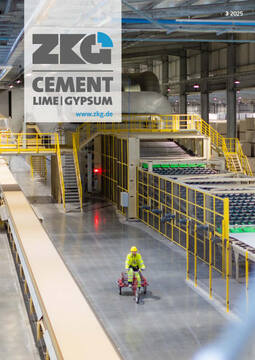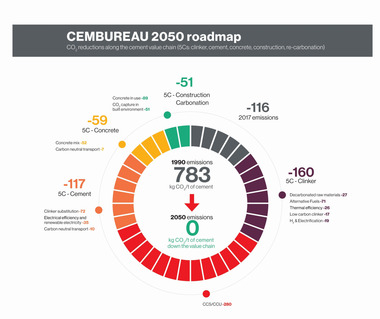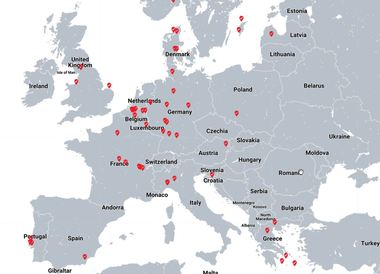The cement sector path to net zero by 2050: What it takes
In May 2024, the European Cement Association, CEMBUREAU, published an update from its earlier Roadmap, issued in 2020 in response to the EU’s Green Deal. The industry’s path to decarbonisation has been set out against the five C’s of its value chain: clinker-cement-concrete-construction-carbonation.This modular approach allows to clearly identify the technology and business levers that allow for a CO2 reduction at each stage of the value chain.
Reduction objectives for 2030 are now 37% over cement (compared to 30% in the 2020 Roadmap) and 50% down the value chain (compared to 40% in the 2020 Roadmap). Aiming for 78% reduction of CO2 emissions over cement and 93% down the value by 2040, the 2050 ambition has now been set for net zero emissions over cement by 2050. This would create the potential for the sector to become carbon negative over the value chain.
Following the publication of the Clean Industrial Deal and accompanying initiatives on 26th February, which add a competitiveness component to the Green Deal, the CEMBUREAU presentation will focus on the policy conditions that need to be in place to ensure a successful transition for the sector: (i) an effective and watertight Carbon Border Adjustment Mechanism; (ii) financing for breakthrough technology; (iii) access to infrastructure, raw materials and energy and (iv) development of lead markets for the uptake of low carbon products.




